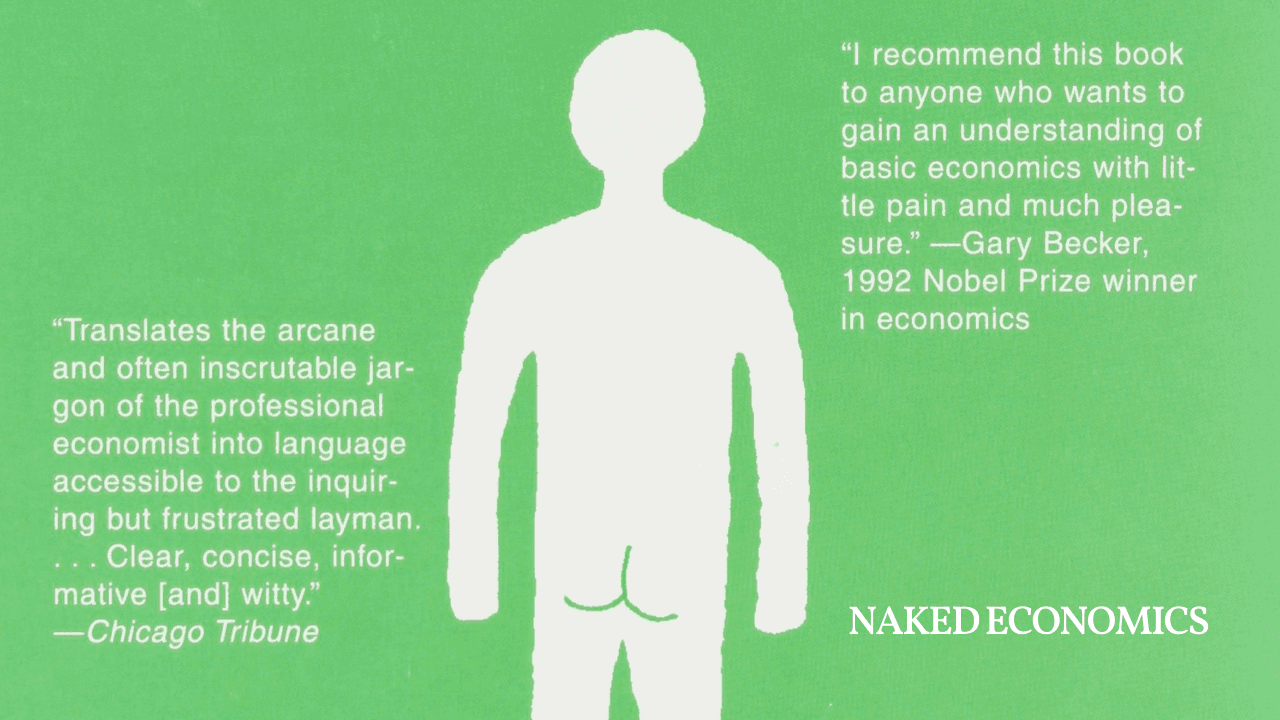
Naked Economics Chapter 10 Summary: The Federal Reserve
Posted: March 14, 2009
THE FEDERAL RESERVE: Prices rise when the government prints too much money.
Wheelan states point of fact that, “the Federal Reserve controls the money supply and therefore the credit tap for the country (p. 168).” He goes on to illustrate that “prices rise when the government prints too much money. (Mankiw 9)” He shows that if interest rates are too low then prices will rise but, GDP will ‘hit a wall’. (p. 170) This by definition is inflation. Wheelan draws several more conclusions, based on his second thesis. The first, conclusion is that the great depression was the result of botched monetary policy. The Fed did not intervene as the money supply dried up. Money was hoarded; banks failed and people lost confidence in the banking system. This meant that there were no deposits available for loans. (p. 186) Nobel Prize winner, Robert Mundell, argued that monetary policy in the 1920s led to the great depression, and by extension, the Nazi revolution and World War II. The reason, central banks choose to adhere to gold standard in light of the falling price of gold. They should have chosen a policy emphasizing price stability. Thus, the severity of the Great Depression could have been reduced. His second conclusion, is that governments can cut their own debts by purposefully causing inflation. His argument is based on three logical points. First, governments often have large debt particularly when facing difficulties. Second, inflation favors debtors as it erodes that value of money they must pay back. Third, government controls the inflation rate. A small unstable government may deliberately cause inflation as a short term solution to buy time. (p. 182) This is not always the motivation. In 1980, US inflation climbed from 3%, in 1972, to 13.5%. Paul Volcker, lead the Fed to raise interest rates to 16%. This resulted in the recession of 1981-82, GDP shrunk by 3% and unemployment climbed to 10%. By 1983 inflation was back to 3%. (p. 172) So governments can intentionally cause inflation.
CHALLENGING MOTIVATION FOR GOVERNMENT INSTIGATION OF INFLATION
Governments can cut their own debts by purposefully causing inflation for the reasons that Wheelan stated earlier. In Wheelan’s example the government printed money and paid its citizen’s with this money. In this respect Wheelan is right. However, what if this nation owes a debt to the IMF, the World Bank or the US? These loans are likely payable in U.S. dollars. In this instance inflating the local currency would not affect their responsibility to this debt. It is rare that a country could secure a loan payable in their own currency. Data that would further support this would be a breakdown of government debt and it’s debtors. In summary, this essay showed that governments can sometimes improve market outcomes (Mankiw 7), and that prices rise when the government prints too much money (Mankiw 9). It illustrated these principles using as examples: occupational licensing as encouraged by the teacher’s union, special interest group, since where we stand depends on where we sit, fouled monetary policy and the great depression, and Paul Volker’s anti inflationary monetary policy that lead to the recession of 1981. It looked at several conclusions that Wheelan drew, specifically: support for the special interests and challenging motivation for government instigation of inflation. It drew parallels between the motives for government to purposefully instigate inflation.